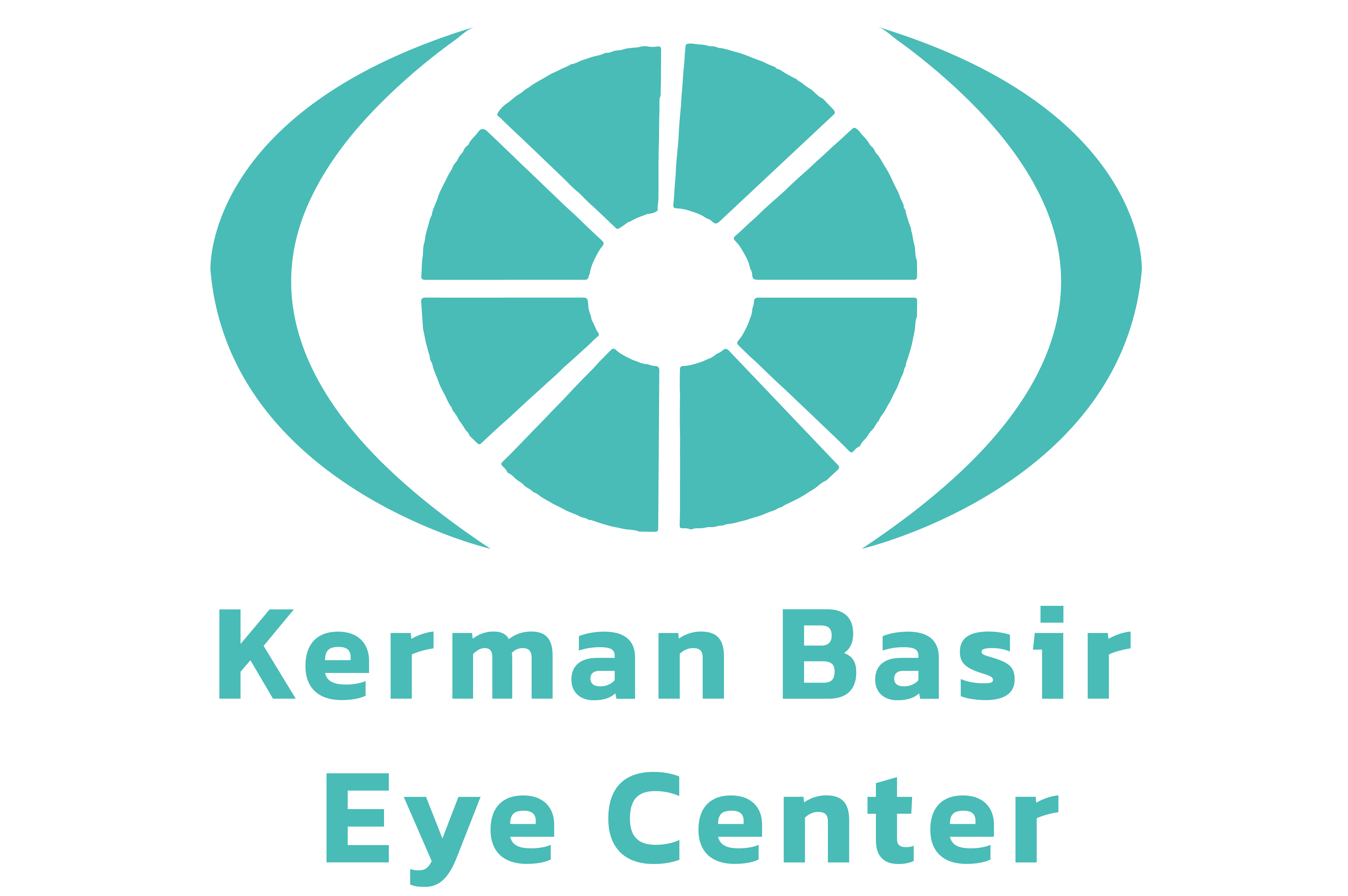What is an intraocular injection?
Intraocular injection means introducing medicine into the eyeball through very thin needles; During this process, the ophthalmologist injects the drug in the back of the eye and close to the retina. This action is done to protect vision and the doctor uses it to heal vascular and inflammatory complications of the eye faster.
Intraocular injection method
You may be worried about intraocular injection for any reason, but we assure you that this type of injection is a common and safe method that usually does not cause problems or unpleasant effects. The time required for this treatment is about 15 to 30 minutes and it is done in the following order.
First, special anesthesia drops are used to make the patient more comfortable and to carry out the treatment properly.
The patient is placed in a comfortable position.
The surface of the eyes and eyelids are carefully sterilized with disinfectant solutions.
By a small device, the eyelids are kept open during the injection process.
The patient is asked to look at the side of the eye that is not being injected.
The ophthalmologist injects the medicine into the eye with a very thin needle. At this stage, the patient may feel a little pressure and pain.
After the injection, according to the ophthalmologist’s prescription, it may be necessary to use antibiotic drops.
Patients requiring intraocular injection
Some patients may need intraocular injection for various reasons, which are mentioned below.
Patients with macular degeneration: This disease is a serious vision disorder that, if left untreated, will gradually progress and destroy the person’s central vision.
Patients with macular edema: this condition causes swelling or increase in the thickness of the macula and can destroy the central vision of the eye.
Diabetic retinopathy: This complication is common in patients with uncontrolled diabetes, and as a result, new blood vessels are created, disrupting the normal function of the retina. Diabetic retinopathy is the most common cause of blindness in people with diabetes.
Uveitis: This disease causes swelling and inflammation inside the eye.
Retinal vessel occlusion: In this case, the vessels that carry blood from outside the eye to the retina are blocked.
A type of intraocular infection called endophthalmitis
